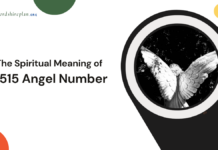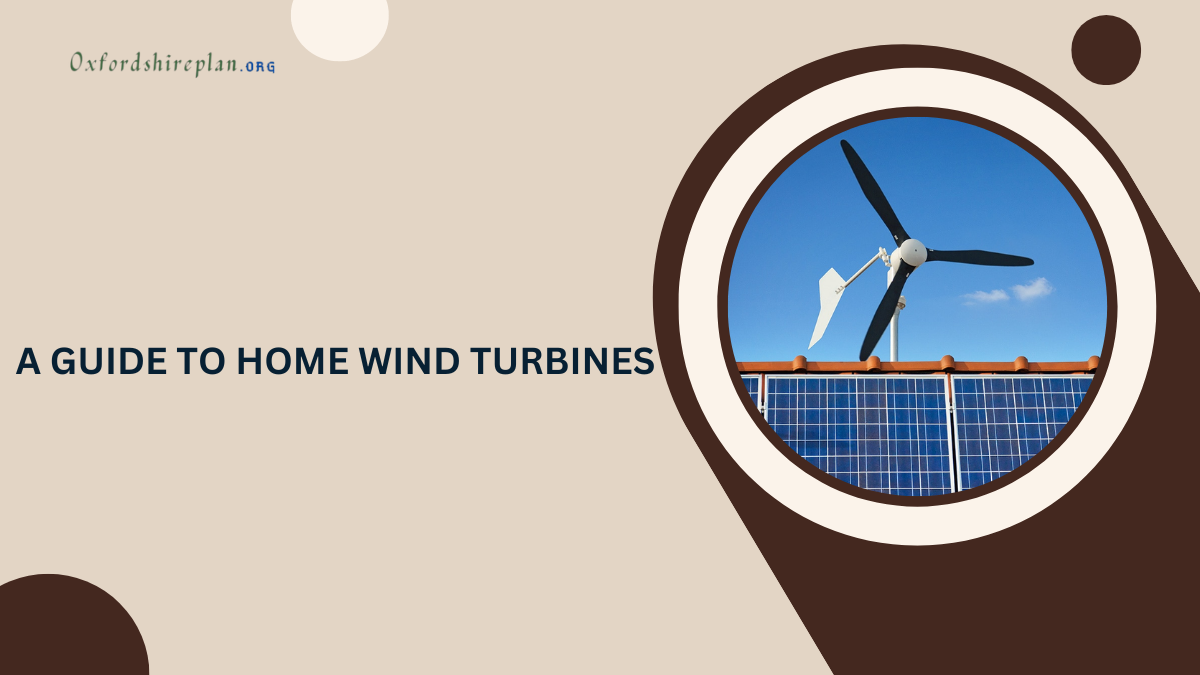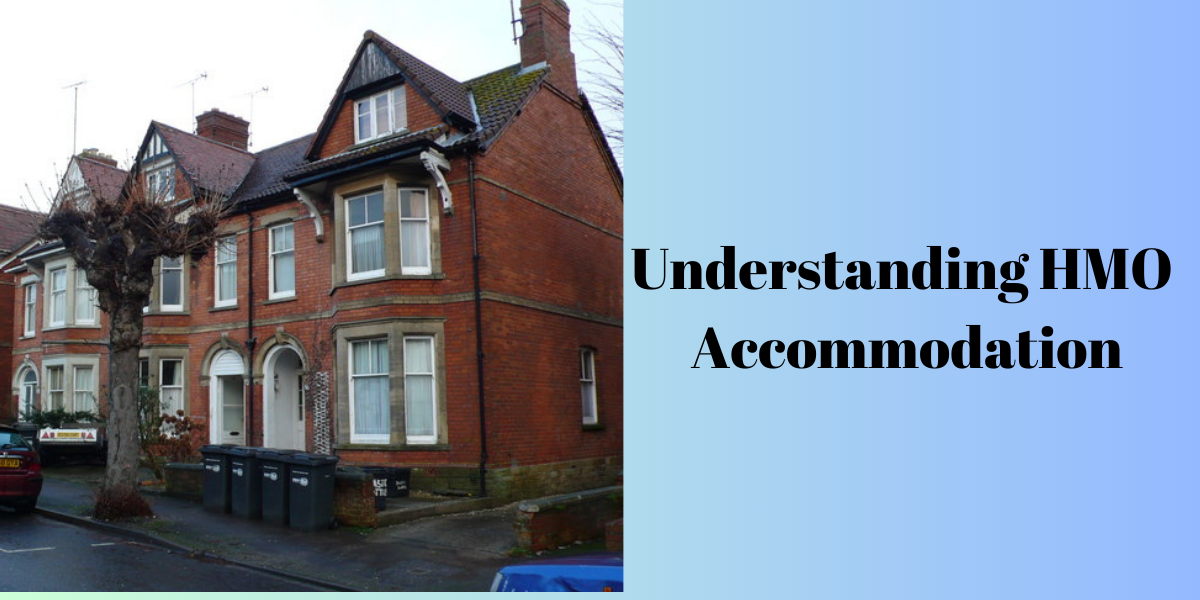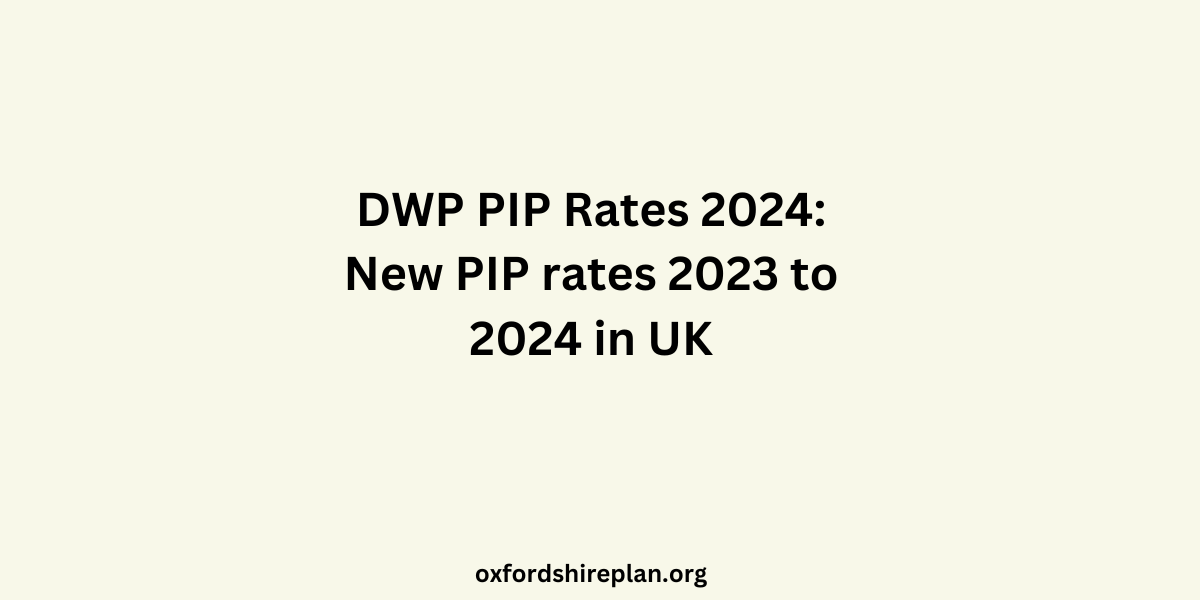Harnessing the power of the wind to generate electricity at home is not only a smart way to reduce energy bills but also a step towards a more sustainable future.
Home wind turbines are becoming increasingly popular as people look for ways to cut down on their carbon footprint and gain more control over their energy usage.
This article will walk you through the basics of domestic wind turbines, how they work, and what you need to consider if you are thinking about installing one at your home.
Contents
- What are home wind turbines?
- Why choose home wind turbines?
- Types of home wind turbines
- How much energy can a home wind turbine produce?
- Is your home suitable for a wind turbine?
- Costs and savings
- Maintenance and longevity
- Conclusion
- FAQs
- How much does a home wind turbine cost?
- Do I need planning permission for a home wind turbine?
- How much electricity can a home wind turbine produce?
What are home wind turbines?
Home wind turbines are small windmills that convert wind energy into electricity. Unlike the large turbines you might see in wind farms, these are designed to be used on a smaller scale, perfect for homes or small communities.
They work by using the wind to turn blades attached to a rotor. The rotor then spins a generator, which produces electricity. This electricity can be used to power your home or even be sold back to the grid if you generate more than you need.
Why choose home wind turbines?
There are many good reasons to consider installing a wind turbine at home. First and foremost, wind is a renewable resource, meaning it would not run out. By using wind power, you’re reducing your reliance on fossil fuels, which is better for the environment.
Also, once your turbine is up and running, the energy it produces is free, which means lower electricity bills. Over time, a wind turbine can pay for itself through savings on your energy bills.
Another benefit is energy independence. By generating your own electricity, you’re less affected by price hikes from energy suppliers. You also have the peace of mind that comes with knowing you have a reliable source of power, even in the event of a power cut.
Types of home wind turbines
There are two main types of home wind turbines: horizontal axis and vertical axis.
Horizontal axis wind turbines (HAWTs) are the most common. They look like the traditional windmills you might imagine, with large blades that spin around a horizontal axis.
These turbines are usually mounted on tall towers to capture more wind. They’re highly efficient but require more space and are often more visible.
Vertical axis wind turbines (VAWTs), on the other hand, have blades that rotate around a vertical axis.
These turbines are more compact and can be placed closer to the ground, making them ideal for urban areas. They are generally quieter than horizontal axis turbines but are also less efficient.
How much energy can a home wind turbine produce?
The amount of electricity a home wind turbine can generate depends on several factors, including the size of the turbine, the average wind speed in your area, and the height at which the turbine is installed. On average, a small wind turbine can produce between 400 watts to 10 kilowatts of power.
To give you an idea, a typical household uses about 5,000 to 10,000 kilowatt-hours (kWh) of electricity per year. A well-placed wind turbine could generate a significant portion of this, reducing your reliance on the grid.
Is your home suitable for a wind turbine?
Before you decide to install a wind turbine, it is important to consider whether your home is a good fit. Wind turbines need a consistent and strong wind to generate electricity effectively. Ideally, you will want an average wind speed of at least 5 meters per second (about 11 miles per hour). You can check local wind speed data or hire a professional to conduct a wind survey.
You will also need enough space to install the turbine. For horizontal axis turbines, this means having enough room to place the turbine on a tall tower without it being obstructed by trees or buildings. Vertical axis turbines require less space, but they still need to be placed in a location where they can catch the wind.
Costs and savings
The cost of installing a home wind turbine can vary widely, depending on the size and type of turbine. Smaller turbines might cost around £3,000, while larger systems can run up to £30,000. This initial cost can be offset by savings on your electricity bills. Also, in some areas, you may be eligible for grants or tax incentives to help cover the cost.
In terms of savings, how much you save will depend on how much electricity your turbine generates and how much you currently pay for electricity. Some homeowners find that their wind turbine pays for itself within 10-15 years, especially if they are able to sell excess electricity back to the grid.
Maintenance and longevity
Wind turbines are generally low-maintenance, but they do require regular checks to ensure they are operating efficiently.
You should have your turbine inspected at least once a year by a professional. They will check the blades, the tower, and the electrical connections to make sure everything is in good working order.
With proper care, a well-made wind turbine can last 20 years or more. Over this time, the savings on your electricity bills can add up significantly, making the initial investment worthwhile.
Conclusion
Home wind turbines offer a fantastic way to harness renewable energy and reduce your electricity bills.
By carefully choosing the right turbine for your home and ensuring it’s properly installed and maintained, you can enjoy years of clean, green energy.
FAQs
How much does a home wind turbine cost?
The cost can range from £3,000 to £30,000, depending on the size and type of the turbine.
Do I need planning permission for a home wind turbine?
In many areas, yes, especially for larger turbines. It is best to check with your local authorities.
How much electricity can a home wind turbine produce?
This depends on factors like wind speed and turbine size, but small turbines can produce anywhere from 400 watts to 10 kilowatts.
Read More:
- External Wall Insulation Grants: Save Energy And Reduce Costs
- Free Cavity Wall Insulation Grants: Upgrade Your Home and Maximise Savings
- Economy 7: The Ultimate Guide to economy 7 meters and tariffs
- Discover Enjoy4Fun: Your Ultimate Online Gaming Destination
- Everything About Great British Insulation Scheme

I am a dedicated lifestyle and fashion enthusiast, always looking for the latest trends and timeless styles. With a flair for creativity and a passion for self-expression, I provide fresh insights and tips on elevating everyday living and personal style.
















